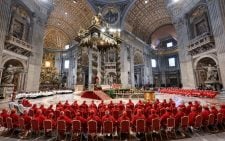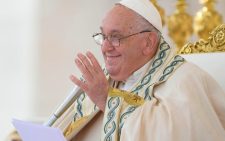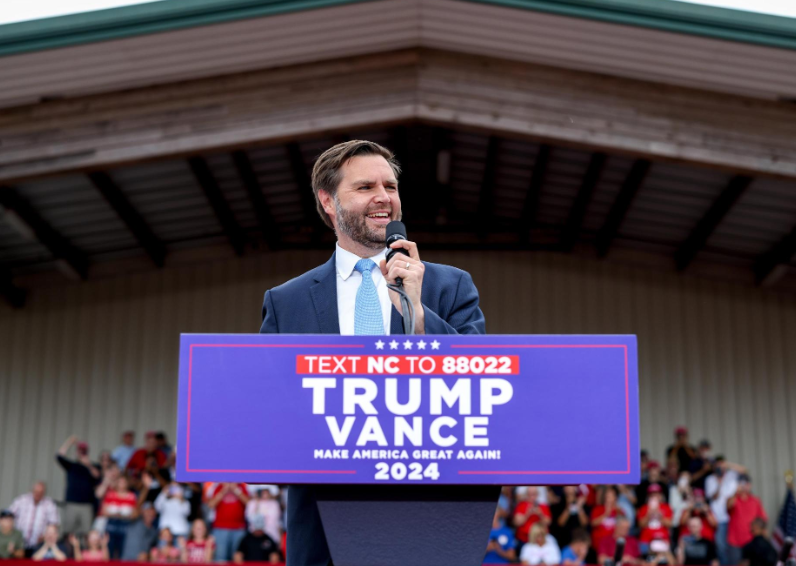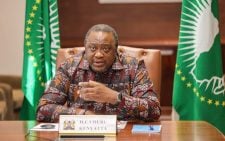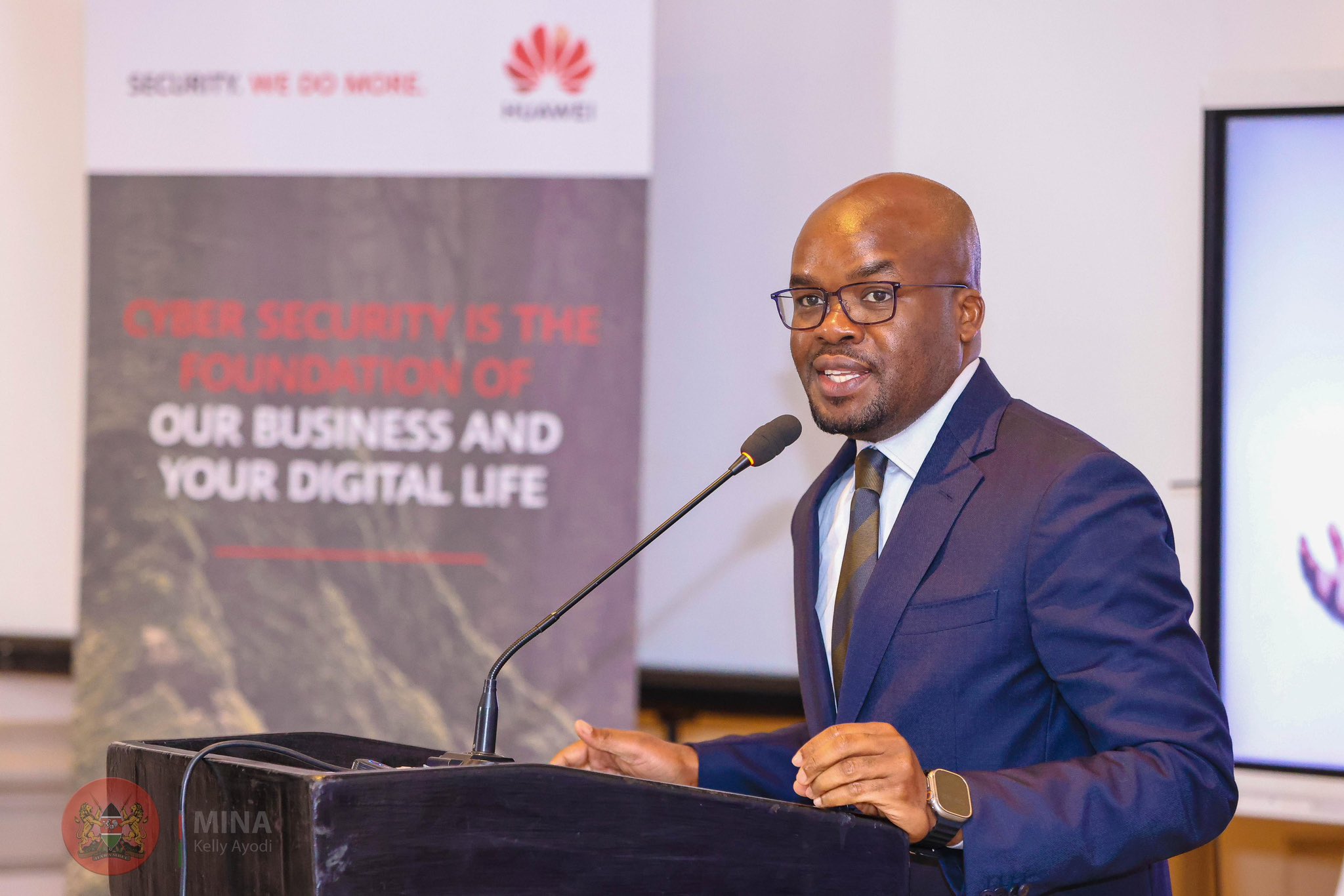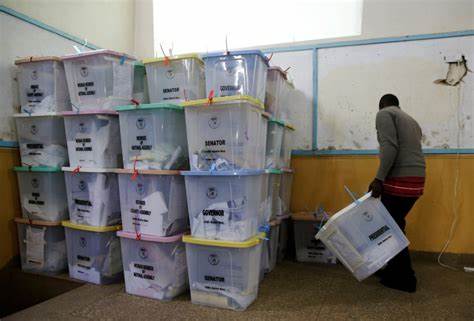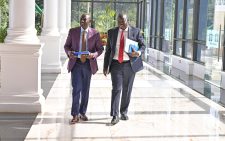What happens now after the death of Pope Francis?
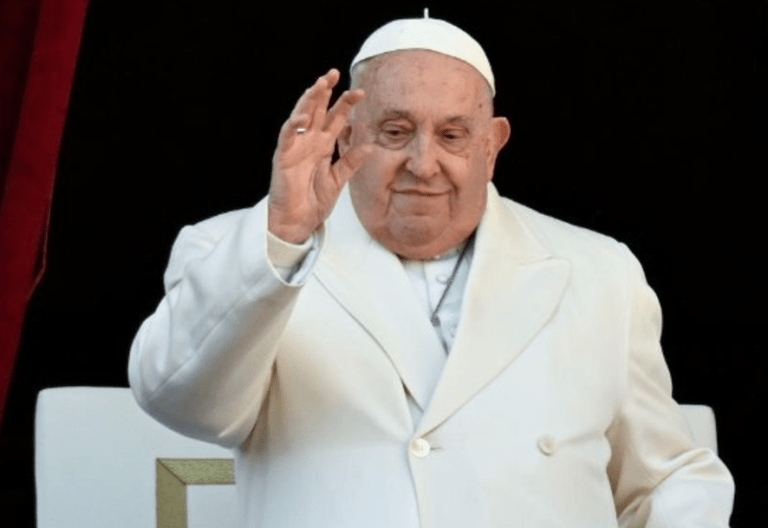
The person who runs the Vatican after the death or resignation of a pope is known as the “camerlengo” – currently Irish-American cardinal Kevin Farrell.
He confirmed the Pope’s death, with a doctor and death certificate. No autopsy is performed.
Cardinal Farrell also locks and seals the Pope’s home, and destroys the Pope’s ring and lead seal, which is used to authenticate official documents.
The camerlengo is also responsible for organising the conclave.
They can become pope, but this has only happened twice: Gioacchino Pecci (Pope Leo XIII) in 1878 and Eugenio Pacelli (Pope Pius XII) in 1939.
What will happen at the Pope’s funeral?
The Pope’s funeral will take place on Saturday, 26 April at 10:00 local time (09:00 BST).
Papal funerals have historically been very elaborate, but instructions set out by Francis are much simpler.
He will be the first Pope in more than a century not to be buried in the crypt of St Peter’s Basilica in the Vatican. Instead, he will be laid to rest in Rome’s Basilica of St Mary Major.
Francis asked to be buried in a simple wooden casket lined with zinc – unlike his predecessors, who were buried in three nesting coffins made of cypress, lead and oak.
Dozens of world leaders and religious figures are expected to attend the funeral, alongside thousands of worshippers.
UK Prime Minister Sir Keir Starmer, US President Donald Trump, Ukrainian President Volodymyr Zelensky, and French President Emmanuel Macron have said they will attend, as has EU Commission President Ursula von der Leyen.
From Wednesday, the Pope’s casket will be displayed in St Peter’s Basilica for members of the public to pay their respects.
How is a new Pope chosen?
The new Pope is elected by the College of Cardinals. They are all men who were appointed by the Pope and are usually ordained bishops.
There are currently 252 Catholic cardinals, but only 135 can cast ballots as those over the age of 80 can take part in debate but cannot vote.
Traditionally the conclave doesn’t start until after a 15-day mourning period.
However, in 2013, Francis’s predecessor Benedict changed the rules to allow it to begin earlier if the cardinals wished.
